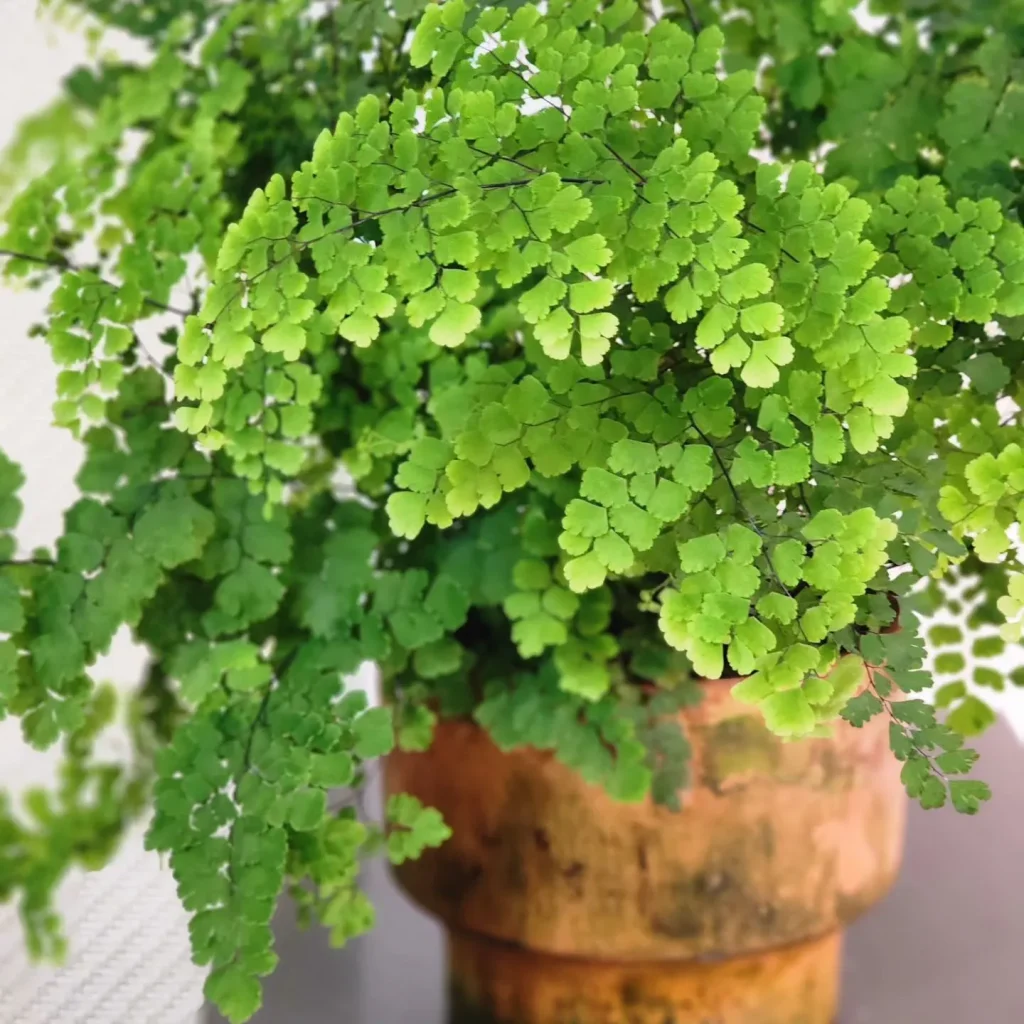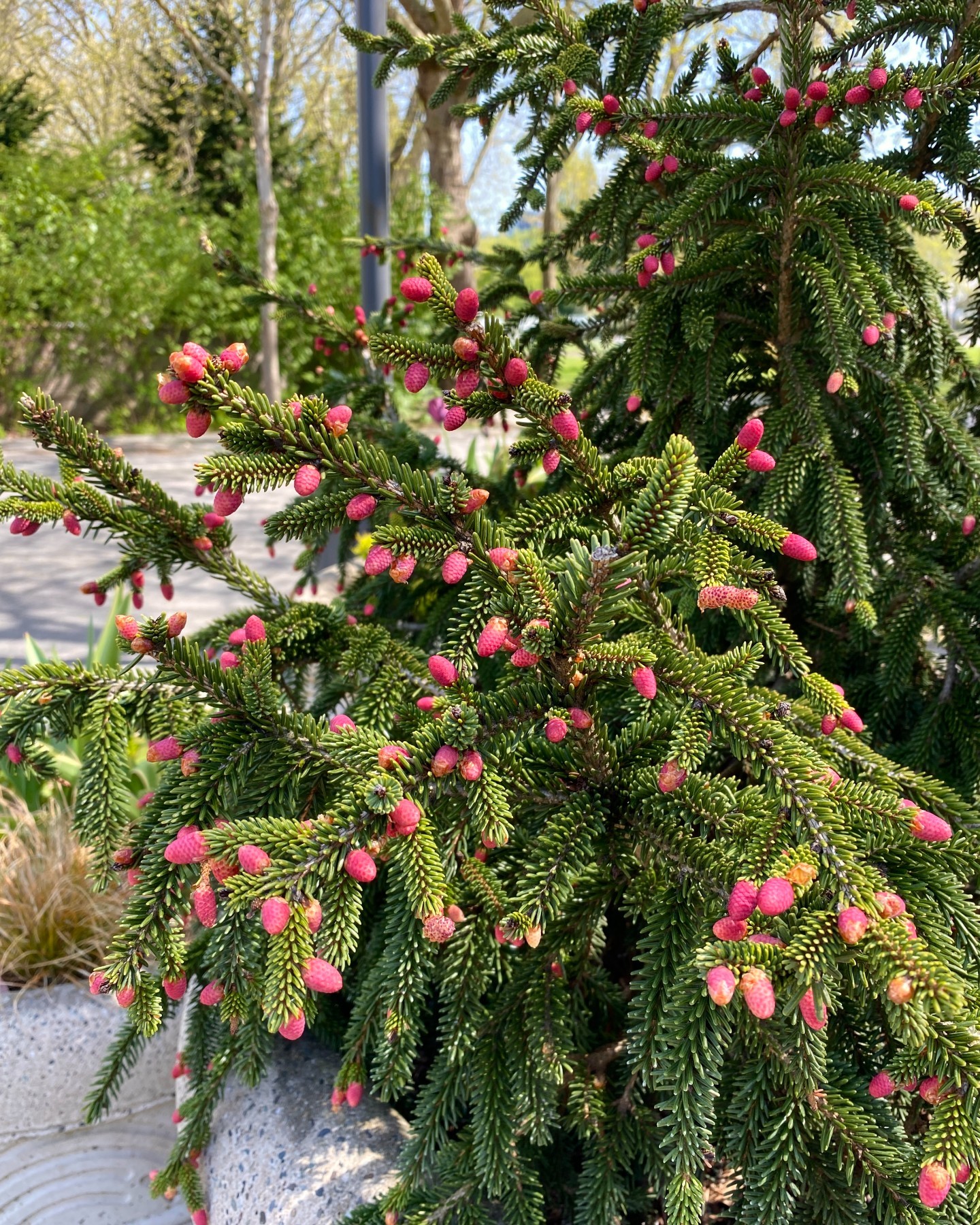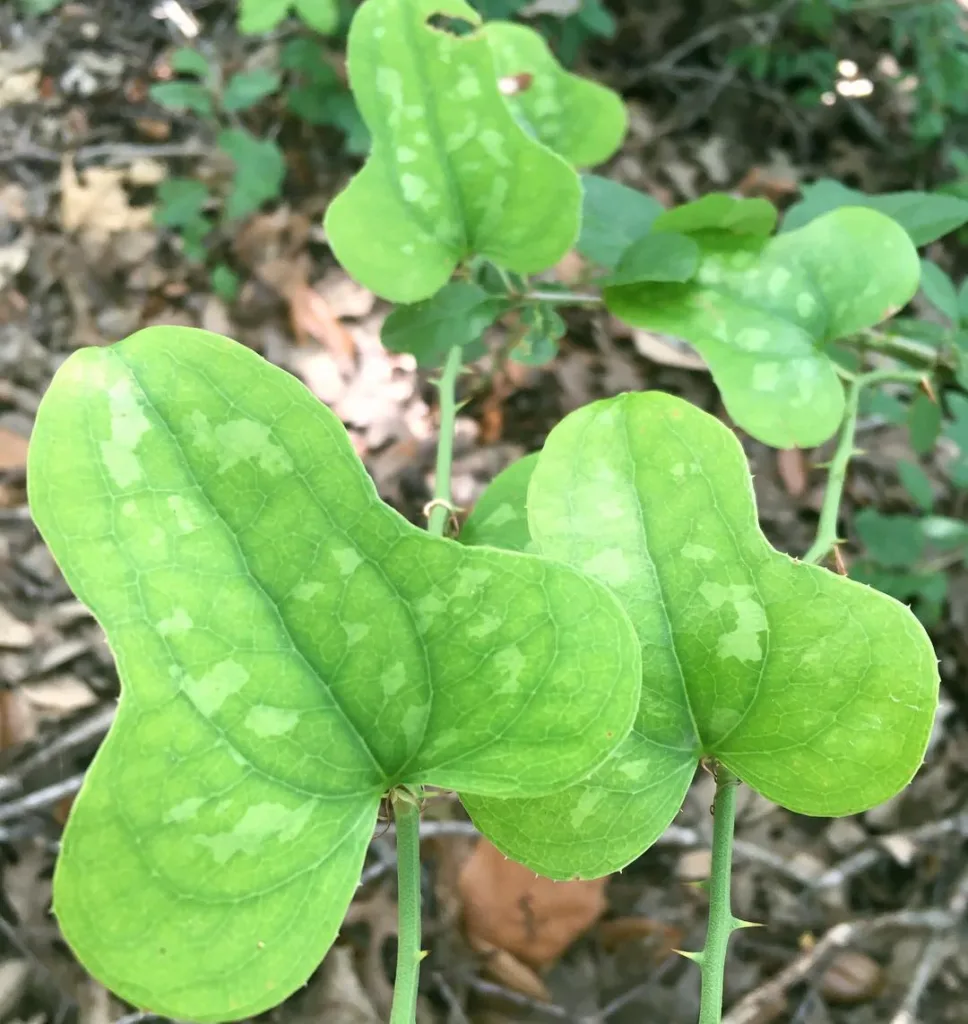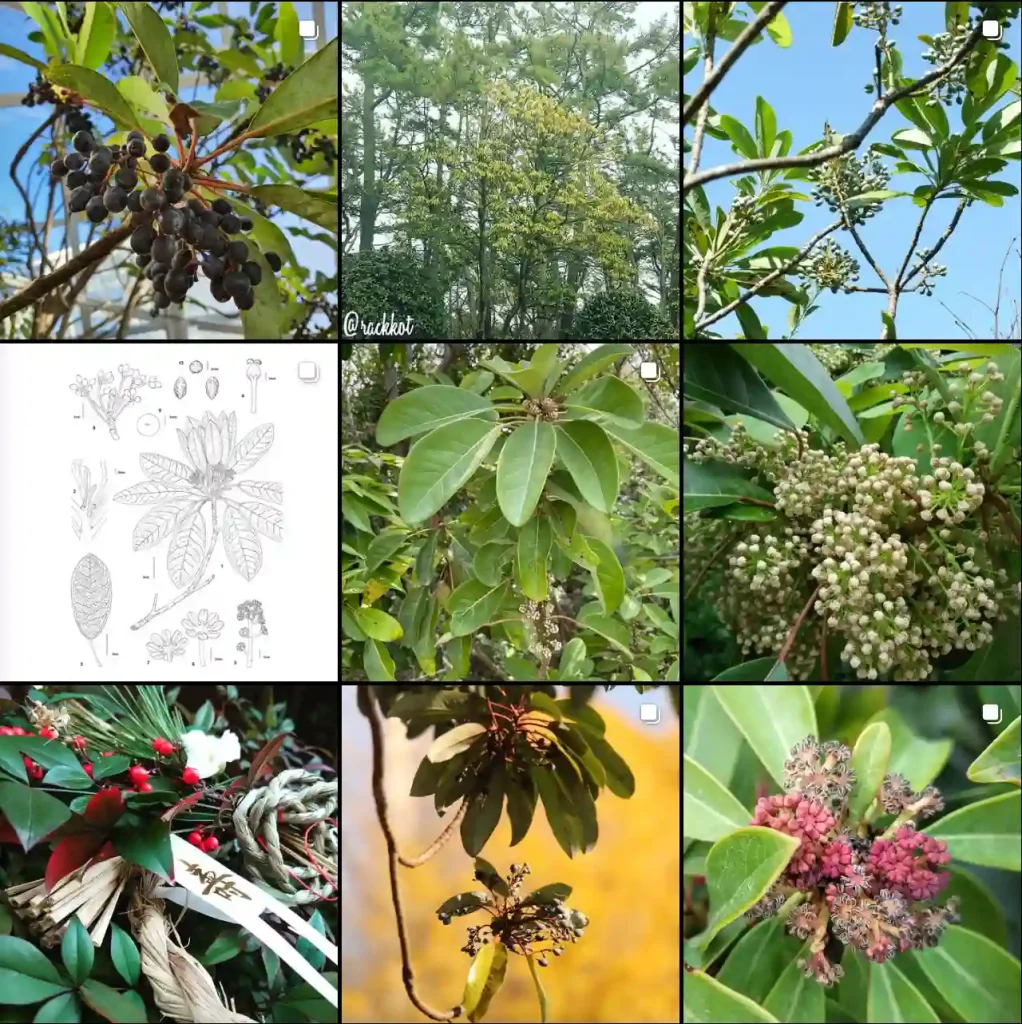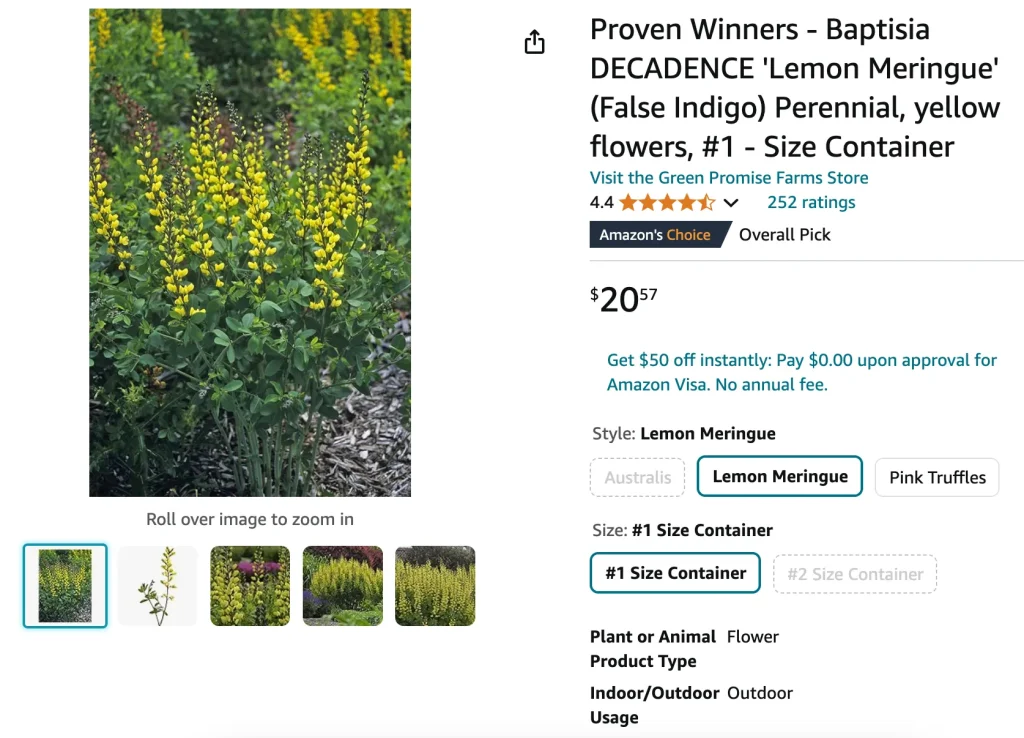
What Is Baptisia Lemon Meringue?
As a plant enthusiast, I’ve had the pleasure of growing Baptisia Lemon Meringue, a delightful perennial that’s truly a standout in any garden. Known for its vibrant yellow blooms, this plant adds a splash of sunshine to your landscape. It’s part of the Baptisia genus, which is renowned for its hardy, drought-tolerant nature and striking flowers. Baptisia Lemon Meringue, specifically, is appreciated for its bright lemon-yellow flowers that resemble meringue in texture and color, making it a unique choice for garden enthusiasts like myself.
25 Species in Genus Baptisia
Can Baptisia Lemon Meringue Be Raised from Seed?
Yes, Baptisia Lemon Meringue can indeed be raised from seed. However, growing this plant from seed requires some patience and a bit of know-how. I’ve found that soaking the seeds in water for about 24 hours before planting helps to improve germination rates. Sowing the seeds in early spring or late fall works well, as Baptisia prefers a period of cold stratification to kickstart the germination process. Be prepared for a lengthy germination period; it can take several weeks for the seeds to sprout.
How to Care for Baptisia Lemon Meringue?
Caring for Baptisia Lemon Meringue is relatively straightforward, which is one of the reasons I enjoy growing it. This plant thrives in full sun to partial shade and prefers well-drained soil. Once established, it’s quite drought-tolerant and doesn’t require frequent watering. However, regular watering during the first year helps it get settled. I also recommend mulching around the base to retain moisture and suppress weeds. Fertilizing is generally not necessary, but a light application of compost in early spring can be beneficial.
How to Propagate Baptisia Lemon Meringue?
Propagation of Baptisia Lemon Meringue can be done through both seeds and division. As mentioned, starting from seeds involves soaking and stratification. For propagation by division, I usually wait until the plant is well-established and then carefully dig up the root system in early spring or fall. Dividing the root ball into smaller sections and replanting them can help create new plants. Both methods have their merits, but I find that seed propagation is a more common approach for this species.
What to Plant With Baptisia Lemon Meringue?
When planning your garden layout, pairing Baptisia Lemon Meringue with complementary plants can enhance its beauty. I often combine it with other perennials that thrive in similar conditions, such as Echinacea, Rudbeckia, or Salvia. These plants not only match well with the yellow hues of Baptisia Lemon Meringue but also provide a nice contrast in texture and color. Grasses like Panicum or Calamagrostis can also add a nice contrast and help to frame the Baptisia beautifully.
Can You Grow Baptisia Lemon Meringue Indoors?
Growing Baptisia Lemon Meringue indoors is not ideal. This plant prefers the conditions found in an outdoor garden, including plenty of sunlight and space. While it’s technically possible to grow it indoors if you can provide the right conditions—such as a sunny window and adequate space for root development—it’s not the most practical choice. I’ve found that Baptisia generally thrives better in an outdoor garden where it can spread out and fully develop.
Is Baptisia Lemon Meringue Toxic?
Baptisia Lemon Meringue is not considered toxic to humans or pets. It’s always good practice to monitor any plant exposure to pets or children, but in my experience, this plant is safe to have around. If you have curious pets or small children, it’s still wise to ensure they don’t ingest plant parts, as some plants can cause mild digestive upset.
Benefits of Growing Baptisia Lemon Meringue
One of the main benefits of growing Baptisia Lemon Meringue is its low-maintenance nature. Once established, it requires minimal care, making it perfect for busy gardeners. Its drought tolerance is another significant advantage, especially in regions with variable rainfall. Additionally, its striking yellow flowers bring a cheerful touch to any garden and attract pollinators like bees and butterflies.
Common Problems with Baptisia Lemon Meringue
While Baptisia Lemon Meringue is generally robust, it’s not completely free from issues. One common problem is root rot, especially in poorly-drained soils. Ensuring good drainage and avoiding overwatering can help mitigate this issue. Another challenge is dealing with its size—this plant can become quite large, so it’s essential to give it ample space to grow without crowding other plants.
Baptisia Lemon Meringue vs Carolina Moonlight
When comparing Baptisia Lemon Meringue to Carolina Moonlight, there are a few distinctions to note. Both are beautiful Baptisia varieties, but Lemon Meringue is known for its bright yellow flowers, while Carolina Moonlight offers a softer, moonlight-blue hue. Lemon Meringue typically has a more compact growth habit compared to the taller, more sprawling Carolina Moonlight. In my garden, I appreciate Lemon Meringue’s vibrant color and compact form, which makes it easier to incorporate into various garden designs.
In summary, Baptisia Lemon Meringue is a fantastic choice for gardeners seeking a low-maintenance plant with vibrant blooms. Whether you’re raising it from seed or enjoying its hardy nature in your garden, it’s a plant that delivers beauty and resilience.
If i die, water my plants!
